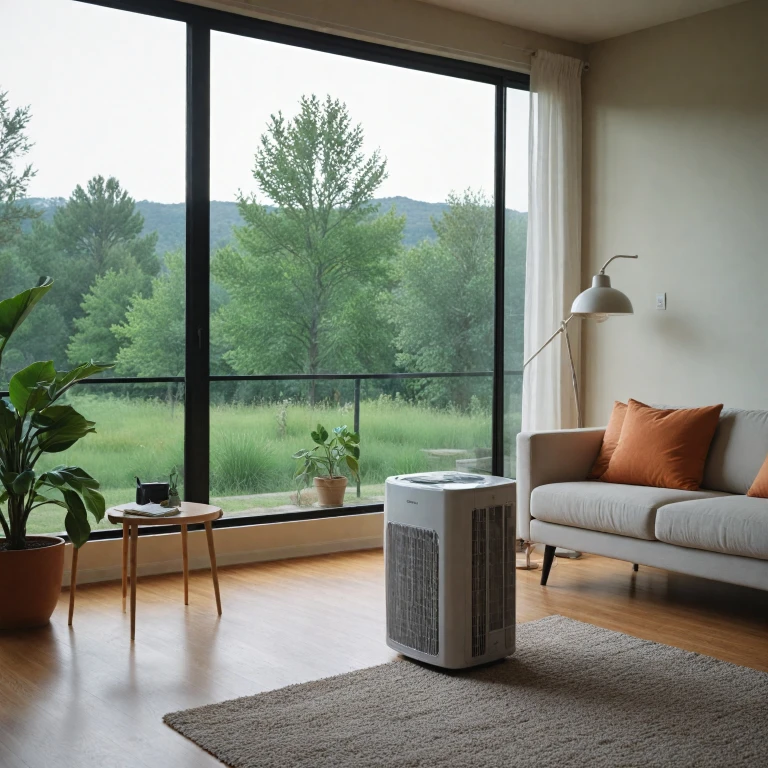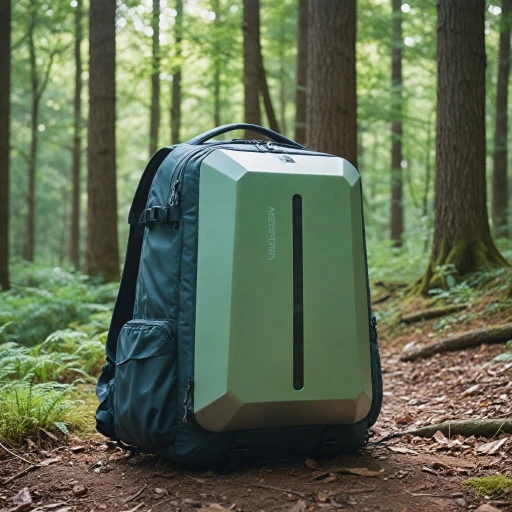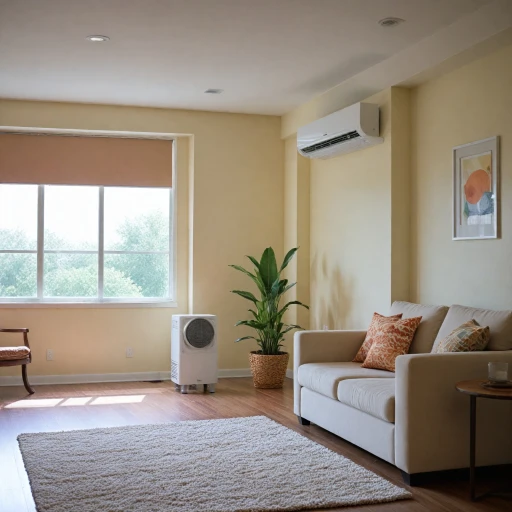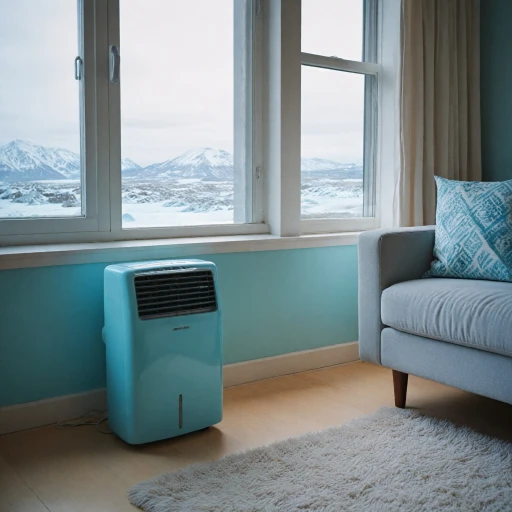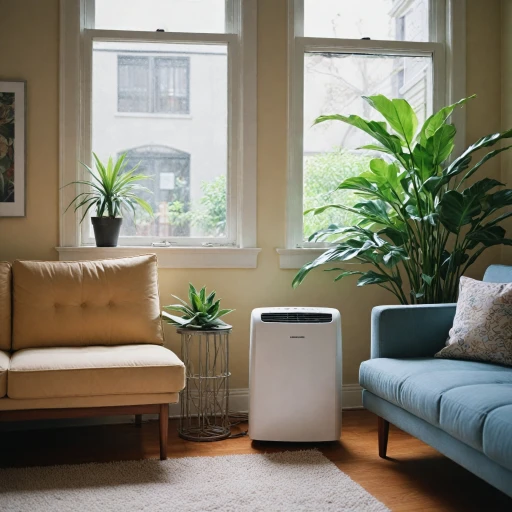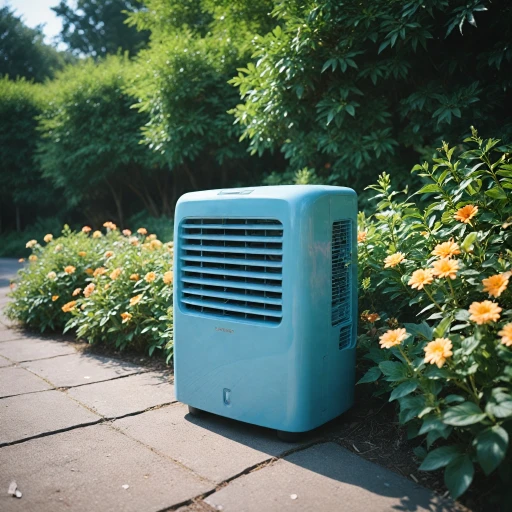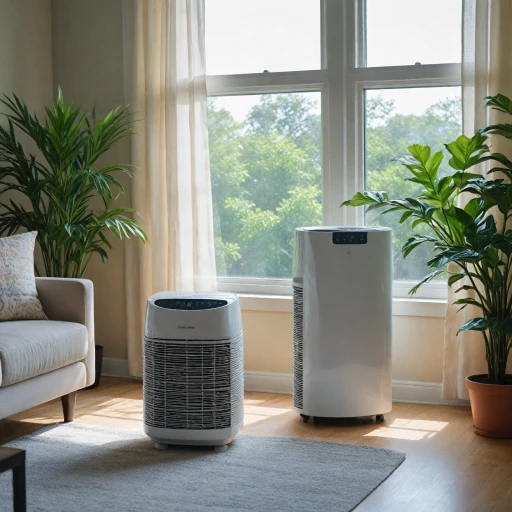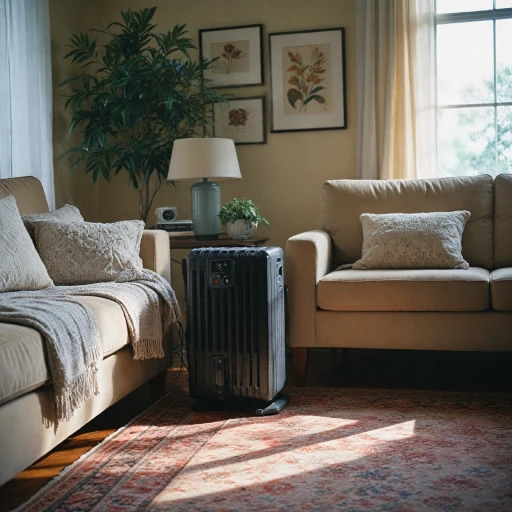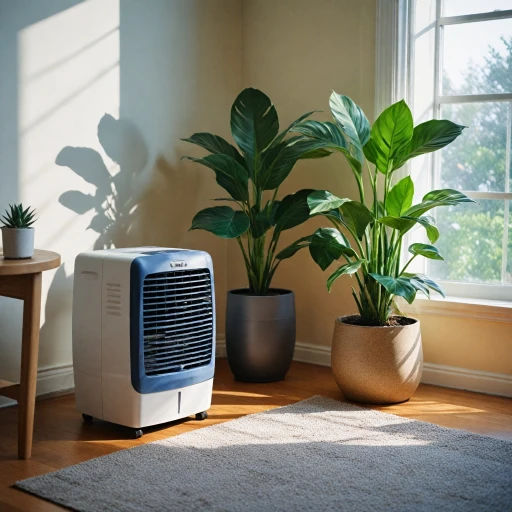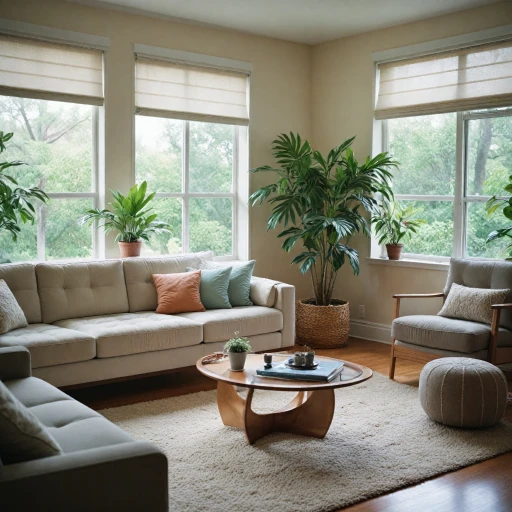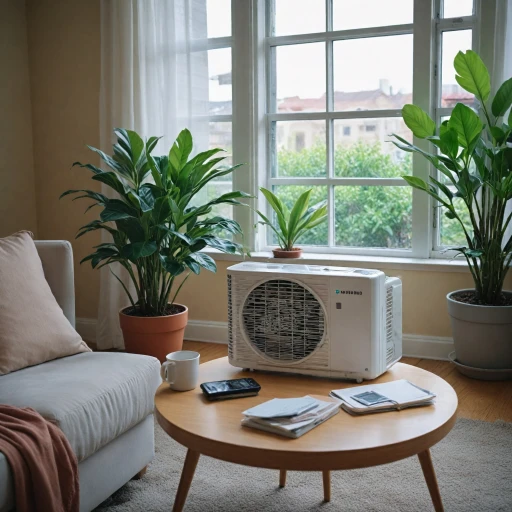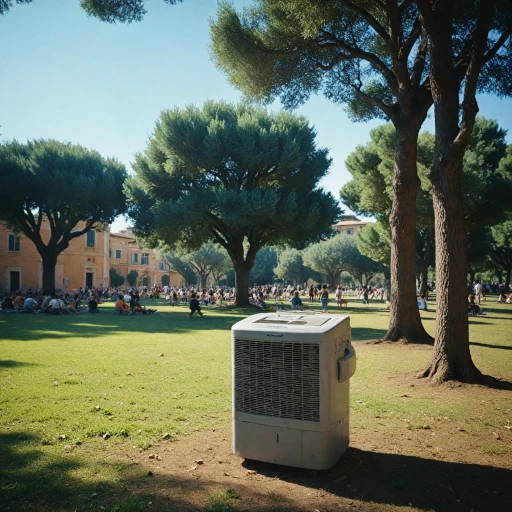
Understanding Portable Heat Pumps
What Makes Portable Heat Pumps Stand Out?
Portable heat pumps are versatile devices that offer both heating and cooling capabilities, making them an ideal choice for year-round climate control. Unlike traditional air conditioners, these units can efficiently switch between heating and cooling modes, providing comfort in any season. This dual functionality is a key feature that sets them apart from other portable air conditioners.
How Do Portable Heat Pumps Work?
These devices operate by transferring heat from one place to another using a heat pump mechanism. In cooling mode, they extract heat from the room and expel it outside through an exhaust hose, similar to a dual hose portable ac. In heating mode, the process is reversed, drawing heat from outside and releasing it indoors. This efficient transfer of energy makes them a popular choice for those looking to optimize energy efficiency.
Why Choose a Portable Heat Pump?
One of the main advantages of portable heat pumps is their portability. They can be easily moved from one room to another, providing flexibility in climate control. Additionally, many models come with a remote control for convenient operation. Brands like Midea and Black Decker offer models with varying BTU ratings to suit different room sizes and needs.
For those interested in exploring the versatility of these units further, you can find more information on exploring the versatility of portable AC and heat units.
Key Features to Look for in a Portable Heat Pump
Features to Consider for Optimal Climate Control
For those exploring portable heat pumps, selecting the right model involves examining several key features. These units are valued for their versatility in providing both heating and cooling. To ensure you're selecting the best portable heat pump for your needs, consider the following elements:- Heating and Cooling Capacity: Measured in BTUs, the capacity of a portable air conditioner or heat pump is a crucial factor. For instance, a mini split system might offer greater efficiency, while a dual hose model, such as those offered by Midea or Black Decker, can provide robust cooling and heating for larger rooms.
- Energy Efficiency: Explore models that highlight energy efficiency, often indicated by their Energy Star ratings. An efficient system will effectively regulate room climate while minimizing energy costs, a point expanded upon in our efficient cooling solutions guide.
- Exhaust Hose Configuration: Dual hose systems are typically more efficient than single-hose models, as they use one hose to intake air and another to expel it, creating a balanced indoor environment.
- Window Kit Compatibility: Ensure the chosen model comes with a comprehensive window kit that's compatible with your windows to facilitate proper venting of exhaust air.
- Remote Control and Smart Features: Units with remote control functionality or smart home integration offer heightened convenience, allowing temperature adjustments from a distance or via voice-activated devices.
- Portability aspects: Look for models with durable casters and manageable weight to ensure you can easily move the unit between rooms. This is particularly beneficial in areas where climate conditions necessitate frequent adjustment of placement.
Benefits of Using a Portable Heat Pump
Maximizing Comfort with Portable Heat Pumps
Portable heat pumps have gained popularity due to their dual functionality, providing both heating and cooling solutions with remarkable energy efficiency. This versatility makes them an excellent choice for those seeking year-round climate control without the need for separate units. One of the key advantages is their energy-efficient operation. Portable heat pumps often use significantly less energy than traditional air conditioners and heaters, thanks to their ability to transfer heat instead of generating it. This efficiency is particularly beneficial for those looking to reduce energy costs. Additionally, portable heat pumps offer flexibility in placement. With options like single or dual hose configurations, these units can be positioned virtually anywhere in a room, allowing you to find the most effective spot for cooling or heating. The inclusion of a window kit further simplifies the setup process, ensuring that the exhaust hose fits securely for optimal performance. Comfort customization is another notable benefit. Many models come equipped with remote control and adjustable settings, allowing you to easily manage the temperature and fan speed to suit your preferences. Brands like Midea and Black & Decker offer models designed with user-friendly interfaces, enhancing the overall experience. The portability of these units also means they can be moved from room to room, providing targeted comfort where needed most. This is ideal for spaces that don't justify permanent installations, making them a practical and cost-effective solution. For those exploring alternatives to traditional air conditioners, portable heat pumps present a compelling case by integrating both form and function. Their ability to seamlessly switch between heating and cooling not only maximizes convenience but also ensures a comfortable living environment year-round. To delve deeper into how portable heat pumps stack up against other air conditioning solutions, you can explore the versatility of 5-ton portable air conditioning units.Challenges and Considerations
Overcoming Challenges with Portable Heat Pumps
When considering a portable heat pump, it's essential to be mindful of certain challenges and considerations that might arise. While these devices offer significant flexibility and convenience, they also come with specific requirements and limitations. One primary consideration is the installation space. A portable heat pump requires adequate space, especially when setting up the exhaust hose through a window kit. Ensuring that you have a suitable window or opening is crucial for optimizing performance. Moreover, many portable heat pumps, like the popular Black Decker models, require proper climate control management to maximize efficiency. It's important to understand the BTU portable capacity needed for your room size to avoid overworking the unit in larger spaces or underutilizing it in smaller areas. Energy consumption is also a critical factor. While portable heat pumps such as the Midea Duo are known for their energy efficiency, they still need careful monitoring to prevent excessive energy use, particularly when using both the heating and cooling functions. Lastly, be prepared to handle the noise, which can vary across different models and brands. Ensuring a quiet operation might require selecting models with a fan speed control or those with a reputation for quieter performance. Overall, understanding these aspects can significantly enhance how you utilize portable heat pumps, ensuring that your environment remains comfortable while maximizing the unit's performance.Comparing Portable Heat Pumps to Traditional Air Conditioners
Comparing Portable Heat Pumps with Conventional Models
When evaluating portable heat pumps against traditional air conditioners, several aspects come into play. Both systems are designed to provide comfortable indoor air conditions, but they achieve this in different ways and come with distinct pros and cons.- Flexibility and Portability: Portable heat pumps offer the advantage of mobility, allowing you to move the unit from one room to another as needed. This contrasts with traditional fixed air conditioners, which are typically installed into a window or as a permanent fixture to a wall or ceiling.
- Functions and Versatility: One of the key benefits of portable heat pumps is their dual functionality. They provide both heating and cooling, adapting to different climate needs throughout the year. This is distinct from conventional air conditioners which predominantly focus on cooling, unless they are integrated with a separate heating system.
- Installation Requirements: Setting up a portable heat pump is often less complex than a traditional air conditioner. They usually come with a window kit for venting purposes and require minimal to no professional installation, unlike mini-split or central systems which may require both indoor and outdoor unit setups.
- Energy Efficiency: Portable heat pumps can be very energy-efficient, particularly models like the Midea Duo and Black Decker units which often provide high BTU ratings suitable for different room sizes. This offers a cost-effective choice for those seeking flexible climate control solutions without the need for separate appliances.
- Performance in Extreme Conditions: In extremely cold or hot conditions, traditional central air systems or specifically designed units like heat pumps integrated into mini-split systems may offer more reliable performance. Portable models, while efficient for their size, might not always match the output of a dedicated system in intense climates.
Tips for Maximizing Efficiency
Optimize Energy Usage for Maximum Comfort
When using portable heat pumps, maximizing efficiency is crucial for getting the most out of your investment. Here's how you can enhance the energy efficiency and overall performance of your portable air conditioner and heat pump combination:- Location Matters: Position the portable air conditioner away from direct sunlight or any heat-generating appliances. This ensures that the unit works less hard to maintain the desired room temperature.
- Use Proper Insulation: Seal any gaps in windows and doors to prevent heat exchange between indoors and outdoors. The use of a well-fitted window kit can help secure the exhaust hose effectively.
- Regular Maintenance: Clean the filters and remove any blockages from the exhaust hose. This keeps the unit running smoothly and prolongs its lifespan.
- Smart Climate Control: Utilizing the remote control and programmable settings can help in maintaining optimal heating and cooling without excessive energy use. Set the thermostat to a comfortable level and let the dual hose system work efficiently.
- Opt for High Efficiency Models: Consider models like the Midea Duo, known for their energy efficiency and efficacy in both cooling and heating modes.
